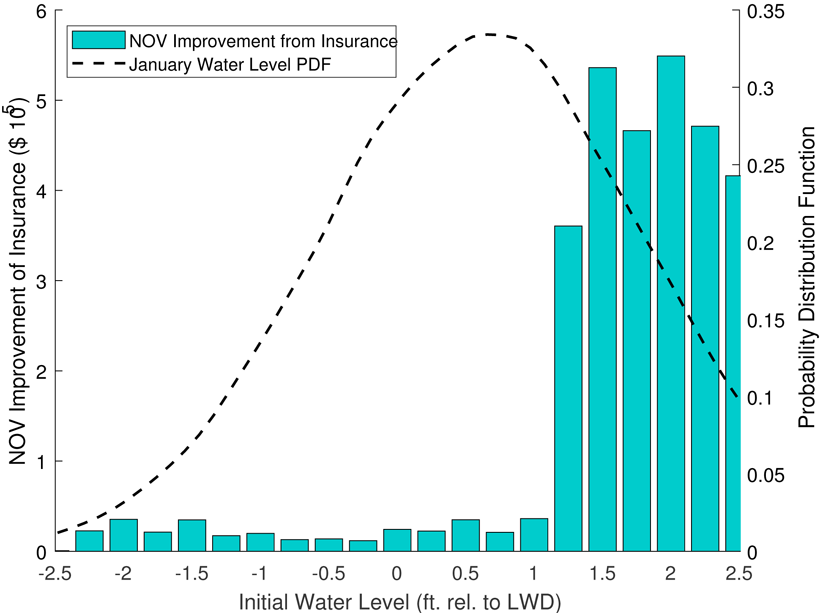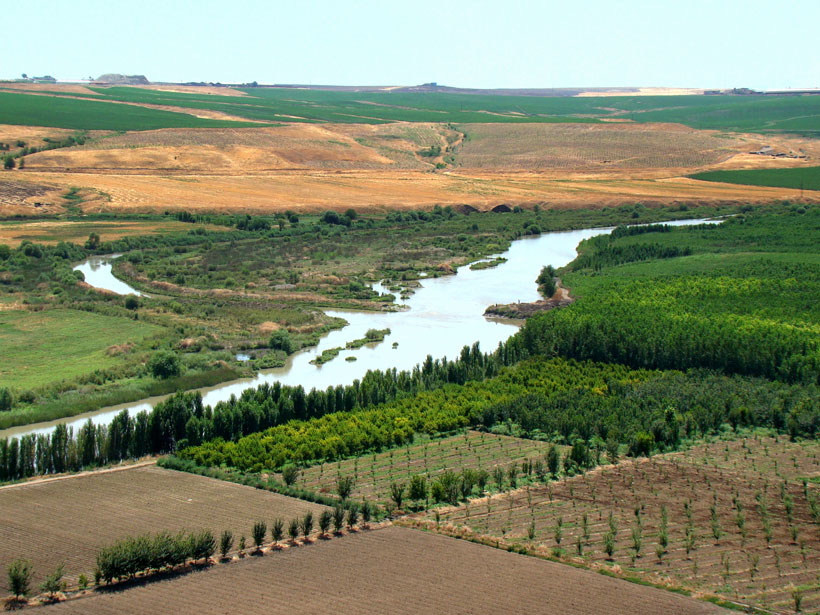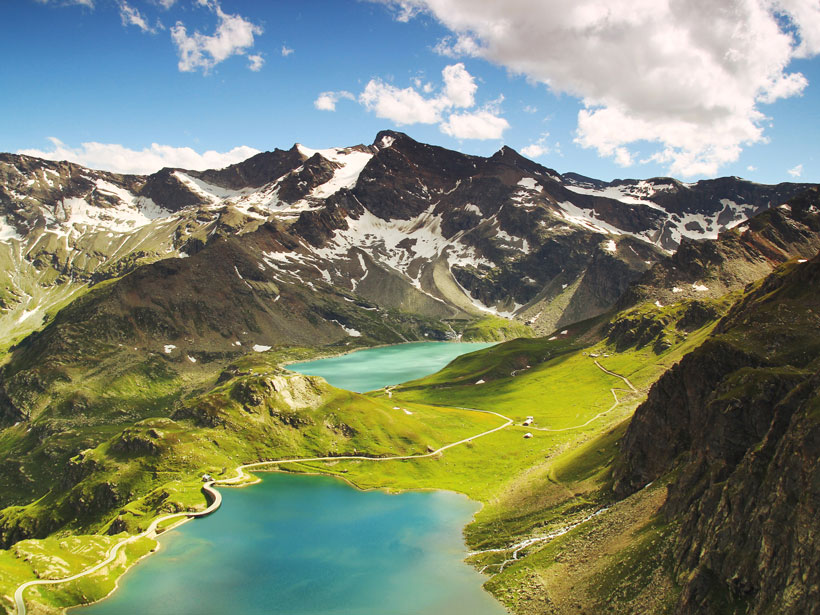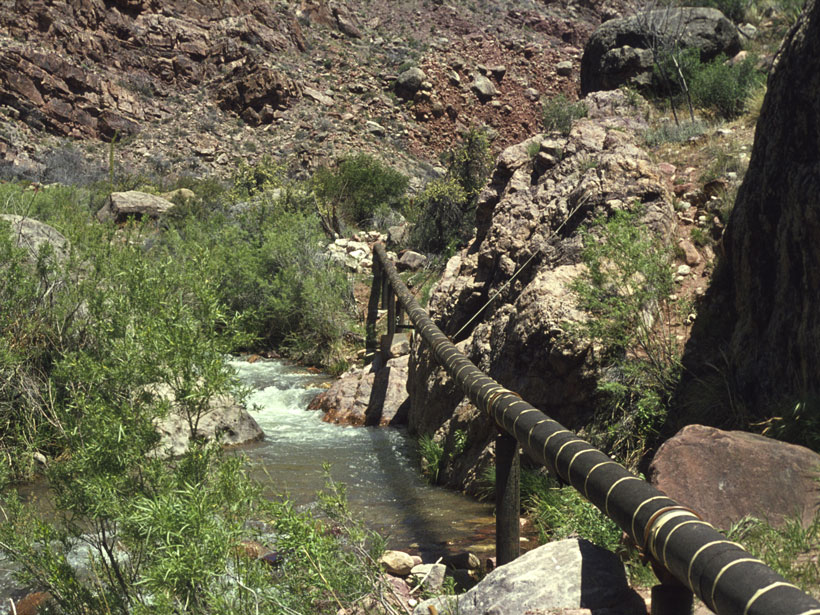New research examines how shifts in aboveground ecology influence belowground hydrology in the Arctic.
freshwater
How Much Modification Can Earth’s Water Cycle Handle?
The planetary boundaries framework defines how much human disturbance various Earth system processes can take, but it may not adequately depict the water cycle or the extent to which we’ve altered it.
New Analysis Helps Manage Risks to Shipping in the Great Lakes
Modeling of mysteriously fluctuating water levels in the Great Lakes has helped to optimize the prices of shipping insurance contracts along with investments in dredging navigation channels.
Shaping Water Management with Planetary Boundaries
A new study uses the planetary boundaries concept to formulate an approach to water management that considers both global and local limits to water cycle modifications.
A Graceful Way to Study Daily Water Storage on Land
A new analysis technique could help scientists improve the temporal resolution of satellite gravity data and see trends in terrestrial water storage and movement in near real time.
Mapping Nutrient Inputs in the Great Lakes Basin
A new tool links nitrogen and phosphorus applications to land use classifications to better understand where and how much of the nutrients enter watersheds in the U.S. Great Lakes Basin.
The Freshest Mineral Water in the Solar System
The water-rich plumes erupting from Saturn’s moon Enceladus show the chemical signs of water-rock interactions deep within the moon, further implicating Enceladus as a potential habitat for life.
Rastreando Los Misteriosos Manantiales Del Gran Cañón
Mejorar los modelos ayudará a proteger una fuente crucial de agua potable para ambos bordes del Parque Nacional del Gran Cañón.
Tracking the Grand Canyon’s Mysterious Springs
Improved modeling will help protect a crucial drinking water source for both rims of Grand Canyon National Park.
The Shape of Watersheds
Streams in flatter watersheds have carbon cycles more sensitive to temperature increases.










